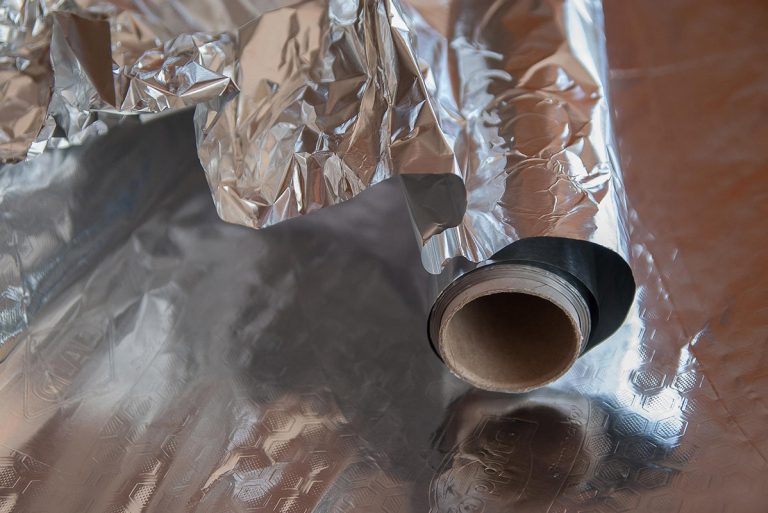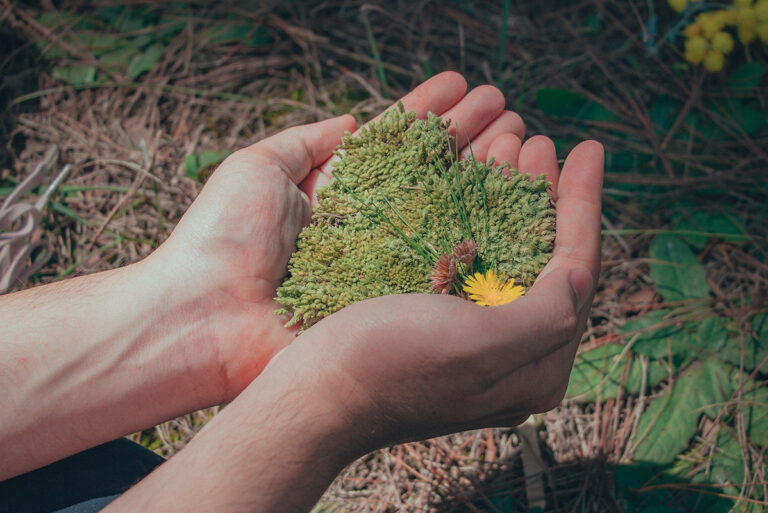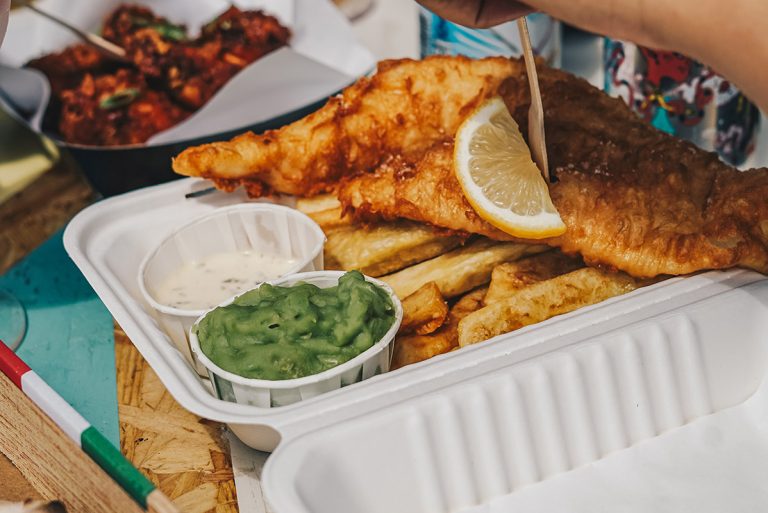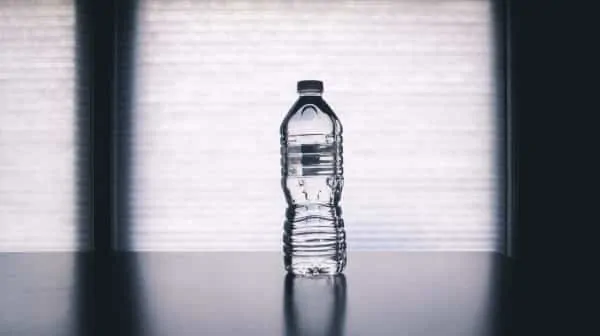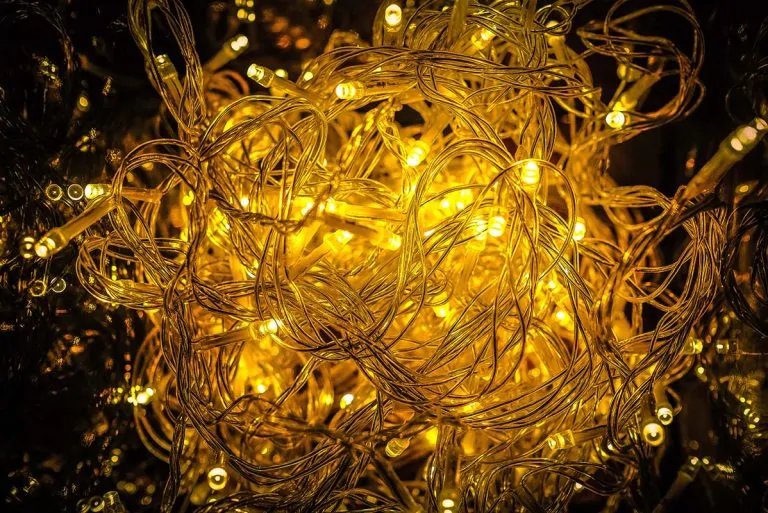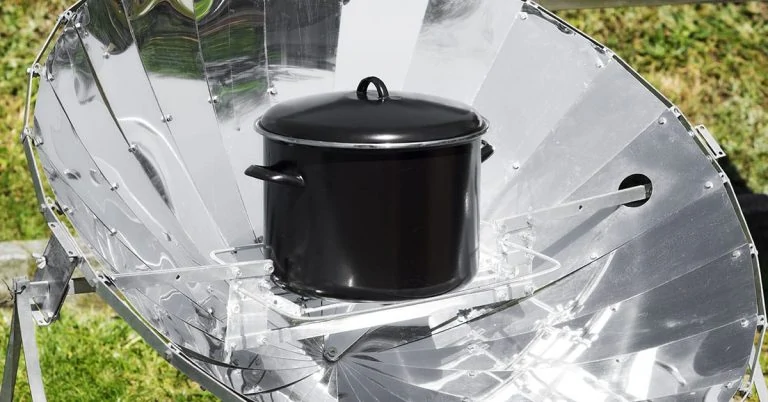If you’ve ever wondered if aluminum foil recyclable, the short answer is yes. However, this doesn’t necessarily make it eco-friendly, and there are some things that you should keep in mind when disposing of alfoil.
So, is aluminum foil recyclable, and is it eco-friendly?
Is aluminum foil recyclable? The short answer is yes.
Aluminum, like many metals, can be easily recycled. According to The Aluminum Association, 75% of all aluminum ever produced is still in use, thanks to recycling programs.
Recycling aluminum uses just 5% of the energy needed to produce new aluminum, which means significant savings for businesses and consumers, as well as helping to conserve energy and limit emissions.
Like the metal, aluminum foil and cans can be recycled, not once but infinitely. Most municipalities will accept this material curbside, along with many recycling centers.

However, tin foil is only 100% recyclable as long as it’s not contaminated with oil, grease, or food residues.
Types of aluminum foil that can’t be recycled include:
- Foil that’s covered in grease, excess oil, and food scraps
- Extremely thin or flimsy foil
Contaminated aluminum foil can damage a recycling facility’s equipment and very thin pieces may flake and get stuck in the machinery, which is why the center will check all foil carefully before accepting it.
How eco-friendly is aluminum foil?
Generally speaking, all types of aluminum can be recycled, including foil, as long as it’s not contaminated with oil or food scraps. Because it’s so readily recyclable, aluminum foil is definitely better than single-use plastic and styrofoam alternatives like plastic wrap or disposable food containers, which are difficult or even impossible to recycle.
However, this doesn’t necessarily make aluminum an eco-hero. Many people throw their used alfoil in the trash, either because.
Others may not clean it properly before recycling, leading to it being rejected by recycling facilities. Either way, this non-biodegradable material often ends up in landfill, and most people only use alfoil once before throwing it away.
Furthermore, manufacturing aluminum foil can have a range of negative impacts on the environment. Aluminum comes from bauxite ore, which is found close to the earth’s surface in Australia, Brazil, and India.
It’s extracted using relatively-shallow open-pit mining, which involves clearing large amounts of land and destroying natural ecosystems along the way. Furthermore, turning this ore into aluminum and eventually foil involves using large amounts of energy, generating high volumes of greenhouse emissions, as well as a range of chemicals to refine the mineral.
Recycling reduces the energy required to produce new aluminum foil by up to 95% and also avoids many of the negative environmental impacts discussed above.
Although aluminum foil is a fairly eco-friendly alternative to plastic wrap, there are even better options.
Eco-friendly alternatives to aluminum foil
- Reusable Cloth: You can use reusable cloth food wraps to keep your lunch, snacks, and leftovers fresh, before washing and reusing over and over.
- Stainless Steel or Glass Containers: An airtight food container is another eco-friendly choice for storing foods that can be used many times over.
- Silicone Covers: Food-grade silicone lids and covers are great for keeping food fresher longer, and can also be used in the oven or freezer.
How to recycle aluminum foil
Aluminum foil is one of the most recyclable types of kitchen waste, but this doesn’t mean you can simply toss it out for recycling. It’s important to prepare this material properly for recycling, notably by cleaning it thoroughly.
Failure to do this could not only mean that your piece of aluminum foil won’t be recycled, but you could contaminate the entire load of recycling – meaning that a literal truckload of recyclable items may get sent to landfill!
Here’s what you need to do to properly recycle aluminum foil.
1. Check with your municipality
Before you do anything else, make sure aluminum foil is accepted for recycling in your area. Most towns do accept it, but it’s always worth checking. Get in touch with your local sanitation department to check that they take foil for recycling, and if there’s anything you need to know.
Also, ask about the types of aluminum items they accept. If your municipality takes aluminum foil, there’s a good chance they’ll accept other items like cans as well.

If they don’t accept aluminum foil curbside, ask them if they have other recycling programs for the material. If you’re unlucky enough to live in an area that doesn’t accept alfoil, check with local recycling centers.
2. Separate the foil from other Items
Next, separate out the aluminum foil from other materials. This means things like tearing it off of yogurt containers or drink bottles. Even if the other items are recyclable, you’ll need to separate the different materials before the recycling center will accept them.
3. Clean the foil thoroughly
Once you’ve separated the foil, wash it in warm water and dish soap. Make sure you remove all grease, oil, and food residues.
You should ensure the foil is in good condition before recycling it. If it’s damaged to the point that you can’t shift stains or grease, don’t mix it with other recyclable materials.

However, don’t worry if exposure to hot water has changed the color of the foil. This is completely normal and has no impact on the recyclability.
If the foil is burnt or has small holes or tears, it is also usually recyclable as long as it isn’t greasy or dirty.
4. Gather the clean foil
Once washed, checked, and ready to recycle, store the aluminum foil until you can recycle it. The easiest and neatest way to do this is to roll the pieces of foil into a ball.

Keep adding to your aluminum ball until you’re ready to put it out for recycling! It’s best to wait until the ball is at least two-inches round, as this will make it easier for waste workers to handle and minimize the risk of it getting blown away.
Other ways to recycle aluminum foil
You can only send aluminum foil to a recycling program if it’s completely clean and not contaminated. However, if the foil is very damaged, or stained beyond cleaning, there are a few ways you can reuse or repurpose it to keep it out of the trash.
Reuse it for cooking
Aluminum foil is water-proof, meaning you can wash it multiple times before reusing it for baking, cooking or food storage. Foil is ideal for using in the oven, thanks to its tolerance to high temperatures, and is handy for covering baking trays or the bottom of the oven to catch spills.

Before you reuse foil for cooking, check it to make sure it’s in a suitable condition. If it’s scratched, very torn, or badly discolored, it’s better to repurpose it in another way rather than to use it for cooking.
Clean your kitchen
Here’s a little-known yet effective cleaning hack: you can use aluminum foil to remove built-up or burnt-on food from your oven or stovetop. Roll the foil up into a loose ball and use it to scrub your stovetop or inside your oven with a little cleaner or baking soda, as you would with a cleaning brush.
You can also use aluminum foil to remove rust from stainless steel cookware. Use it regularly on chrome or steel pots, pans, and utensils to shift rust marks.
Shine silverware or jewelry
Aluminum foil can also be used to renew your silverware. Cover the inside of a bowl or tray with foil, with the shiny side up, and place your silverware inside.
Pour boiling water into the bowl and add a few tablespoons of baking soda. Be sure to cover the silverware completely.
Agitate your silverware gently with plastic tongs and leave it in the bowl for a few minutes. Remove the pieces from the bowl and rub with a soft cloth or let it air dry.
You can use a similar process to clean your jewelry – just use a smaller bowl! Watch the video tutorial below to see it in action.
Sharpen your scissors
Another great use for aluminum foil is to sharpen your knives and scissors. Scissors, in particular, can be quite difficult to sharpen because of the twin blades.
However, this is easy to do with heavy-duty aluminum foil. Stack several layers of aluminum foil – the more layers the better – on top of each other and cut it with your blunt scissors or knife. You’ll be left with nice, sharp blades.
Use aluminum foil to keep pests away
You can also use aluminum foil to keep birds away from your fruit trees or veggie garden. Reflective silver strips have been used for this purpose for decades, and you can do the same with the shiny side of foil.
Simply hang strips of aluminum foil from the tree or wrap it around fully-grown fruit.

Foil is also handy for protecting your plants from insects and pests. Finally, you can use small balls of aluminum foil to fill gaps in your doors, windows, or walls and keep pests away.
Get creative
Another idea for repurposing used aluminum foil is to give it to your kids and encourage them to turn the scratched, torn piece of foil into something extraordinary. Since foil can be molded into any shape and colored with markers, they can make robots, spaceships, or hot rods – they’ll only be limited by their imagination!
Final thoughts
Aluminum foil is recyclable, at least for the most part. Most municipalities will accept it curbside, as long as it’s cleaned properly.
If you are looking to do your part for the planet, recycling as much of your household waste as possible is a great place to start, and the first step to going completely zero-waste. However, it’s not enough to simply put your recyclables out for recycling pickup. You need to be sure to prep the materials properly, otherwise you could do more harm than good by contaminating the entire recycling load.
There are also other ways you can deal with your aluminum foil to avoid sending it to landfill, such as reusing it, putting it to use in your yard, or for art projects.
If you’re interested in more guides to recycling your household items, take a look at our posts on how to recycle corks, pens and markers, and milk cartons.
